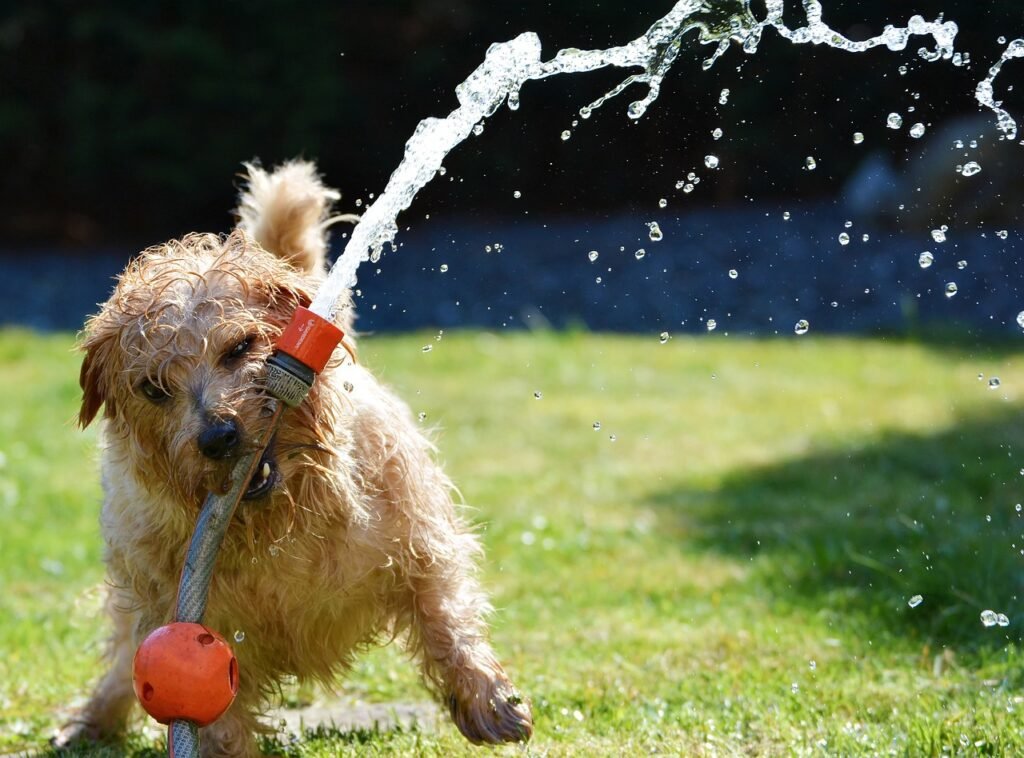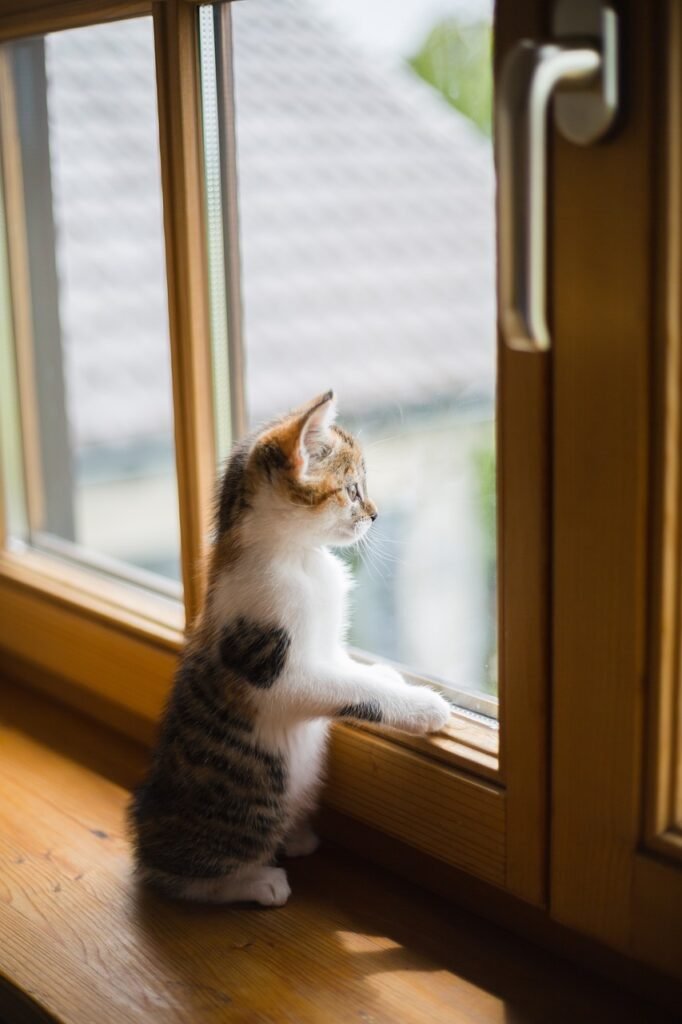Safeguard Your Furry Friend’s Well-Being by Following these Tips
Welcoming a new pet into your home is a heartwarming experience, but it also comes with the responsibility of keeping them safe. Just like childproofing your home for a baby, pet-proofing is essential to prevent common accidents that can harm your furry family member. In this blog post, we’ll guide you through vital safety measures to protect your pet from hazards, secure toxic substances, and prevent falls, ensuring their well-being and happiness in your home.
1. Pet-Proofing: A Must-Do
Think of pet-proofing as you would childproofing. Walk through your home with a fresh perspective, getting down on your hands and knees to see your space from your pet’s point of view. Identify potential hazards and make the necessary adjustments.
2. Secure Hazardous Areas
Certain areas of your home may pose a danger to your pet. Use baby gates or pet barriers to block off rooms that contain hazards such as chemicals, fragile items, or electrical cords. This not only keeps your pet safe but also protects your belongings.
3. Hide Toxic Substances
Pets are naturally curious, and they may investigate cabinets and closets. Keep chemicals, cleaning supplies, medications, and any other toxic substances locked away in secure cabinets or storage areas that your pet cannot access.
4. Trash and Recycling Bins
Invest in pet-proof trash cans or keep your bins in a latched cabinet. Pets can be attracted to food scraps and may ingest harmful items from the trash.
5. Secure Heavy Furniture and Objects
Pets can inadvertently cause heavy objects to fall on themselves by bumping into furniture or jumping onto shelves. Use furniture straps and secure heavy items to prevent accidents.
6. Child Locks and Latches
Childproof locks and latches can also be used to secure cabinets containing potentially hazardous items, such as cleaning supplies, plastic bags, and small objects that pets may swallow.
7. Keep Small Objects Out of Reach
Small objects like toys, buttons, coins, and rubber bands can pose choking hazards to pets. Keep these items out of your pet’s reach or store them securely.
8. Cover Electrical Outlets and Cords
Pets may chew on electrical cords, which can lead to dangerous electric shocks. Cover outlets with safety caps and use cord protectors to keep cords out of your pet’s mouth.
9. Pet-Friendly Plants Only
Certain houseplants can be toxic to pets if ingested. Research which plants are safe for your specific pet and keep any potentially harmful ones out of reach.
10. Window and Balcony Safety
If you have windows or balconies, make sure they are pet-safe. Install screens or protective barriers to prevent your pet from falling.
11. Keep Toilet Lids Closed
Dogs, in particular, may be tempted to drink from the toilet bowl. To prevent this, keep the lid closed or invest in toilet locks.
12. Check for Small Openings
Pets can squeeze through surprisingly small openings. Check for gaps in fences, gates, or balconies and seal them to prevent escapes.
13. Provide Supervision
While pet-proofing is crucial, supervision is equally important, especially for puppies and kittens. Keep a watchful eye on your pet, especially in new environments.
14. Training and Socialization
Proper training and socialization can help prevent accidents caused by behavioral issues. Invest time in training your pet to obey commands and introduce them to various social situations.
15. Emergency Preparedness
Have a plan for emergencies. Know the location of the nearest emergency veterinary clinic and keep their contact information readily available.
16. Pet Identification
Ensure your pet has proper identification, such as a collar with an ID tag and a microchip. This can be a lifesaver if your pet ever gets lost.
17. Regular Veterinary Check-Ups
Schedule regular check-ups with your veterinarian to ensure your pet’s health and address any potential issues before they become emergencies.
By following these safety measures and pet-proofing your home, you can create a secure and happy environment for your furry companion. Remember that prevention is key, and a little effort in advance can go a long way in ensuring your pet’s well-being and happiness in their new home.


